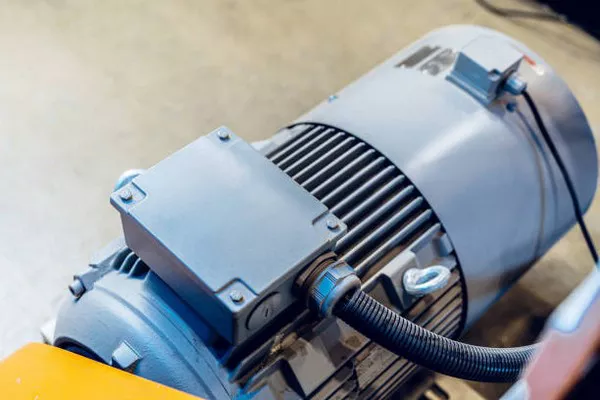Generators serve as indispensable backup power sources during emergencies or in areas with unreliable electricity supply. However, one common concern among generator users is whether it is safe to operate generators in wet conditions, particularly during rainstorms. This article explores the risks associated with running generators in the rain and provides guidance on how to do so safely.
Understanding the Risks
Generators are typically designed for outdoor use, but they are not impervious to water. The primary concern with running a generator in the rain is the potential for water to seep into critical components, leading to electrical hazards or mechanical failures. Water intrusion can damage the generator’s electrical system, including its outlets, wiring, and internal components such as the alternator and engine.
Moreover, water coming into contact with a generator can create a risk of electrocution for anyone in the vicinity, especially if the generator is not properly grounded. Water is a conductor of electricity, and even small amounts of moisture can increase the likelihood of electrical accidents.
Additionally, rain can create slippery conditions around the generator, increasing the risk of accidents or injuries during refueling or maintenance tasks.
Mitigating the Risks
While operating a generator in the rain poses inherent risks, there are measures that users can take to mitigate these dangers and ensure safe operation:
Location, Location, Location: Choose a suitable location for the generator that provides adequate protection from rain. This may include placing the generator under a sturdy canopy, in a garage with proper ventilation, or inside a dedicated generator shed. Ensure that the chosen location allows for proper ventilation to prevent the buildup of exhaust fumes.
Elevate the Generator: Position the generator on a raised platform or sturdy surface to minimize contact with standing water. Avoid placing the generator directly on wet ground or surfaces prone to flooding.
Use a Generator Tent or Shelter: Consider investing in a generator tent or shelter specifically designed to provide protection from the elements. These enclosures are typically waterproof and provide adequate ventilation while allowing for safe operation in inclement weather.
Cover the Generator: If a tent or shelter is not available, use a waterproof generator cover to shield the unit from rain. Ensure that the cover is specifically designed for generators and does not obstruct airflow or exhaust vents.
Proper Grounding: Ensure that the generator is properly grounded according to manufacturer specifications. Grounding helps dissipate excess electrical energy and reduces the risk of electrical shocks or malfunctions.
Invest in Weatherproof Outlets: Consider installing weatherproof outlets or using weather-resistant covers for existing outlets to protect them from moisture infiltration.
Regular Maintenance: Conduct regular maintenance checks on the generator, especially after exposure to rain or other adverse weather conditions. Inspect for signs of water damage, corrosion, or rust, and address any issues promptly to prevent further damage.
Exercise Caution During Operation: Exercise caution when operating the generator in wet conditions. Avoid touching the generator with wet hands or standing in puddles of water nearby. If possible, use insulated gloves and footwear to reduce the risk of electric shock.
Refuel Safely: If refueling is necessary during rainy weather, take extra precautions to prevent spills and fires. Turn off the generator and allow it to cool before refueling, and use a funnel to pour fuel into the tank slowly to minimize the risk of splashing.
Monitor Exhaust Fumes: Ensure that the generator’s exhaust is directed away from enclosed spaces and occupied areas to prevent the buildup of carbon monoxide gas. Never operate a generator indoors or in partially enclosed spaces, as this poses a severe risk of carbon monoxide poisoning.
See Also Will a 2200-Watt Generator Run Your RV Air Conditioner?
Conclusion
While running a generator in the rain carries inherent risks, proper precautions and safety measures can mitigate these dangers and ensure safe operation. By choosing a suitable location, using protective enclosures or covers, maintaining proper grounding, and exercising caution during operation, users can minimize the risk of electrical hazards, mechanical failures, and accidents. Regular maintenance and adherence to manufacturer guidelines are essential for ensuring the long-term safety and reliability of the generator, even in adverse weather conditions.

